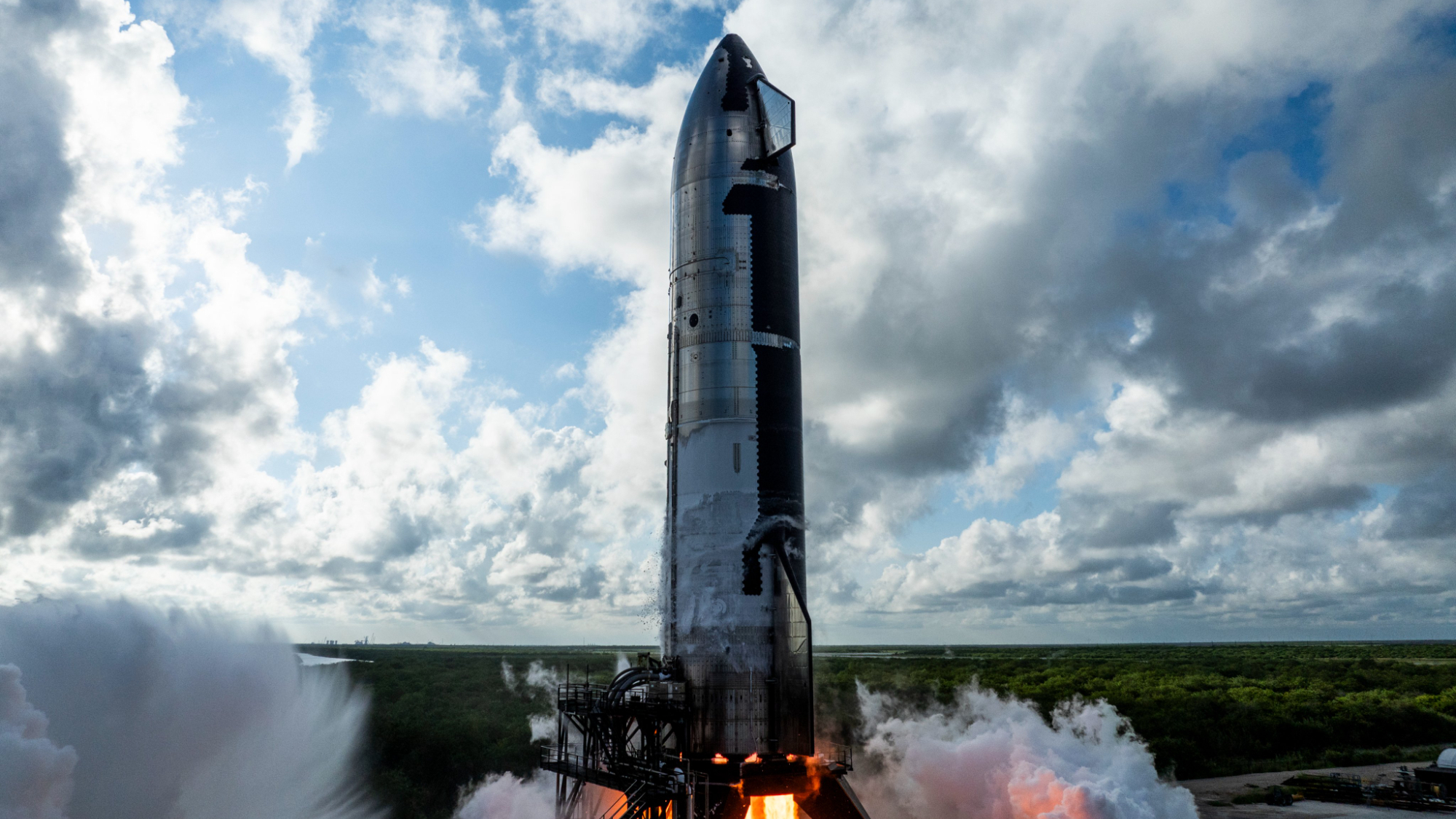By Steve GormanLOS ANGELES (Reuters) -A study published on Friday revealed that NASA’s rover Perseverance has collected data confirming the existence of ancient lake sediments deposited by water in a large basin on Mars known as Jerezo Crater. The findings from ground-penetrating radar observations by the robotic rover support previous orbital imagery and other data that led scientists to theorize that parts of Mars may have been covered in water and could have supported microbial life. The research, led by teams from the University of California at Los Angeles (UCLA) and the University of Oslo, was published in the journal Science Advances. It was based on subsurface scans taken by the car-sized, six-wheeled rover over several months of 2022 as it traveled across the Martian surface from the crater floor onto an adjacent area with sedimentary-like features resembling river deltas found on Earth. The rover’s RIMFAX radar instrument provided soundings that allowed scientists to see underground rock layers 65 feet (20 meters) deep, “almost like looking at a road cut,” said UCLA planetary scientist David Paige, the first author of the paper. These layers offer clear evidence that soil sediments carried by water were deposited at Jerezo Crater and its delta from a river that fed it, similar to the process in Earth’s lakes. The findings confirmed what previous studies have long suggested – that Mars, now cold, arid, and lifeless, was once warm, wet and potentially capable of supporting life. Scientists are eager to closely examine Jerezo’s sediments, thought to have formed some 3 billion years ago, in samples collected by Perseverance for future transport to Earth. Meanwhile, the latest study provides validation that scientists chose the right location on Mars for their geo-biological study. Remote analysis of early core samples drilled by Perseverance at four sites near its landing location in February 2021 surprised researchers by revealing rock that was volcanic in nature, rather than sedimentary as had been expected. The two studies are not conflicting, as even the volcanic rocks showed signs of alteration through water exposure. The RIMFAX radar readings revealed signs of erosion before and after the formation of the sedimentary layers identified at the crater’s western edge, indicating a complex geological history there, as noted by Paige. “There were volcanic rocks that we landed on,” Paige said. “The real news here is that now we’ve driven onto the delta and now we’re seeing evidence of these lake sediments, which is one of the main reasons we came to this location. So that’s a happy story in that respect.” (Reporting by Steve Gorman in Los Angeles; Editing by Will Dunham and Kim Coghill)
Mars rover data confirms ancient lake sediments on red planet












